Shipping containers are the backbone of global trade, integral to the transportation of goods across oceans and continents. They are a key enabler of the modern just-in-time delivery system, greatly increasing the efficiency and speed at which cargo is moved. It is estimated that there are around 65 million shipping containers in use worldwide, a testament to their ubiquitous role in our globalized economy. These standardized steel boxes have revolutionized logistics and have become symbols of international commerce.
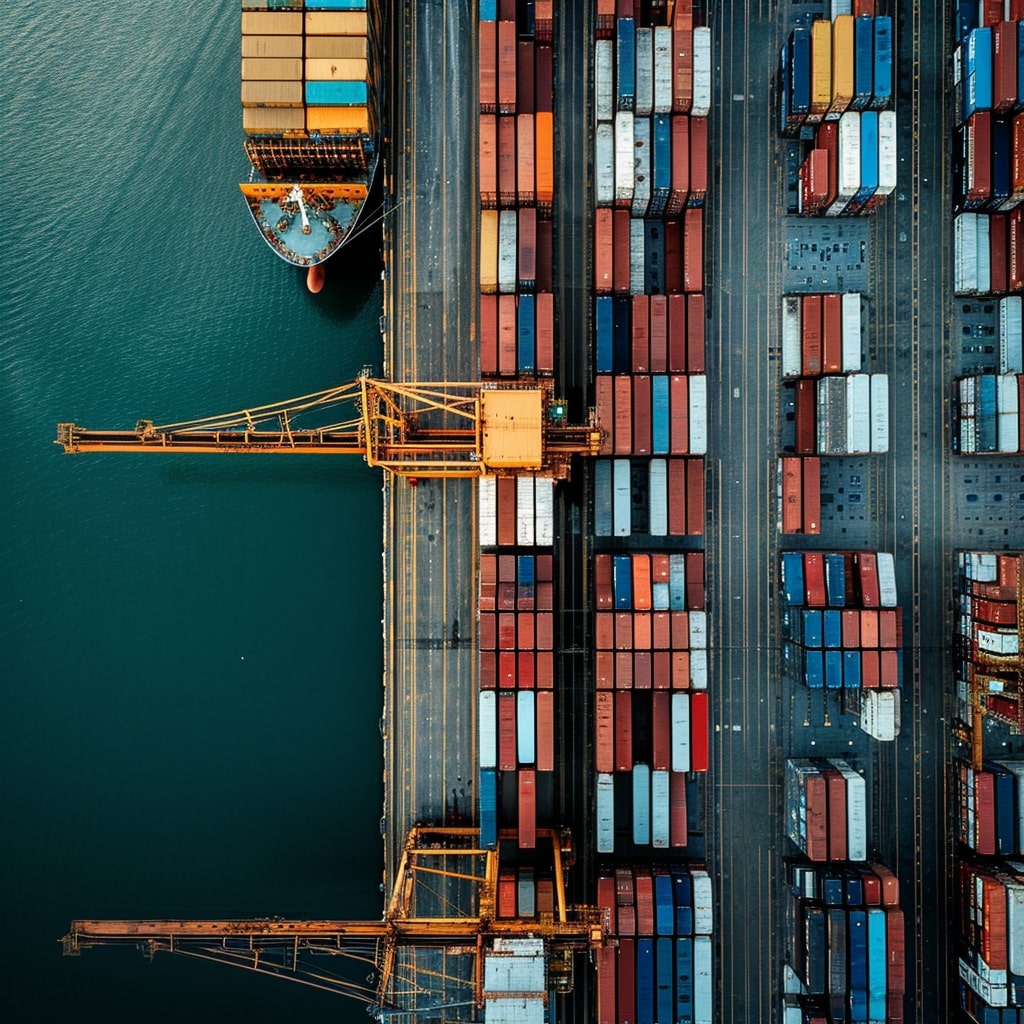
The history of shipping containers dates back to the mid-20th century when the commercial shipping industry sought ways to streamline the transportation process and reduce loading times at ports. The advent of containers allowed for goods to be packed and sealed at the manufacturer and remain unopened until they reached the final consumer. This has led to substantial improvements in security and reduced the potential for theft and damage.
In the context of the global fleet, the number of container ships has grown over the past decade, from 4,966 ships in 2011 to 5,589 ships in 2022, showcasing the ever-growing demand to move goods efficiently across the seas. As the vessels grow in size and capacity, the shipping container industry continues to adapt, ensuring the wheels of global trade keep turning.
Global Shipping Container Overview
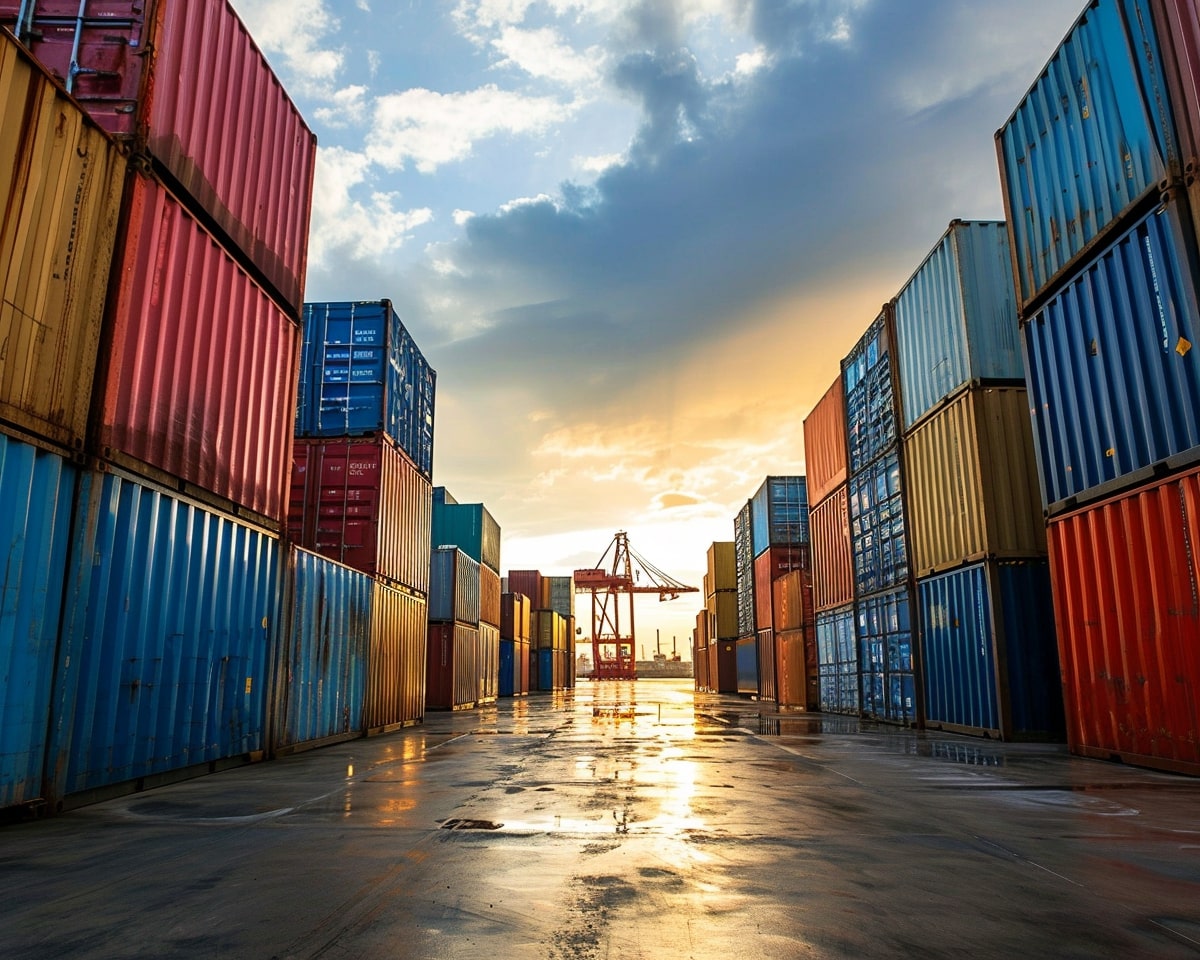
The landscape of global trade is heavily reliant on the use of standardized shipping containers, which facilitate the efficient and secure transport of goods. They shape international supply chains and make up a significant component of the maritime industry.
Current Number and Distribution
There are approximately 65 million shipping containers in circulation around the globe. These containers are not evenly distributed but are predominantly concentrated in areas of high trade volume, travelling aboard container ships, and passing through major ports.
Container Size and Types
The global container fleet is measured in TEUs or twenty-foot equivalent units, the standard measure for containerized cargo. Most containers come in 20-foot or 40-foot lengths, accommodating various types of goods from dry bulk to refrigerated products. Their uniform sizes facilitate stacking on container ships and handling at ports.
Leading Container Ship Operators
A few large entities manage the majority of container shipping needs. These operators run a collective fleet of around 5,600 container ships, with major contributors based in China. Companies like CIMC, CXIC, and DFIC dominate, producing about 80% of containers used for global trade.
Container Port Throughput
Largest container ports manage the flow of containerized cargo worldwide, handling billions of metric tons annually. These ports’ throughput reflects their role as key hubs in international trade, exhibiting the massive exchange volume moved by the global container fleet.
Container Ship Operations
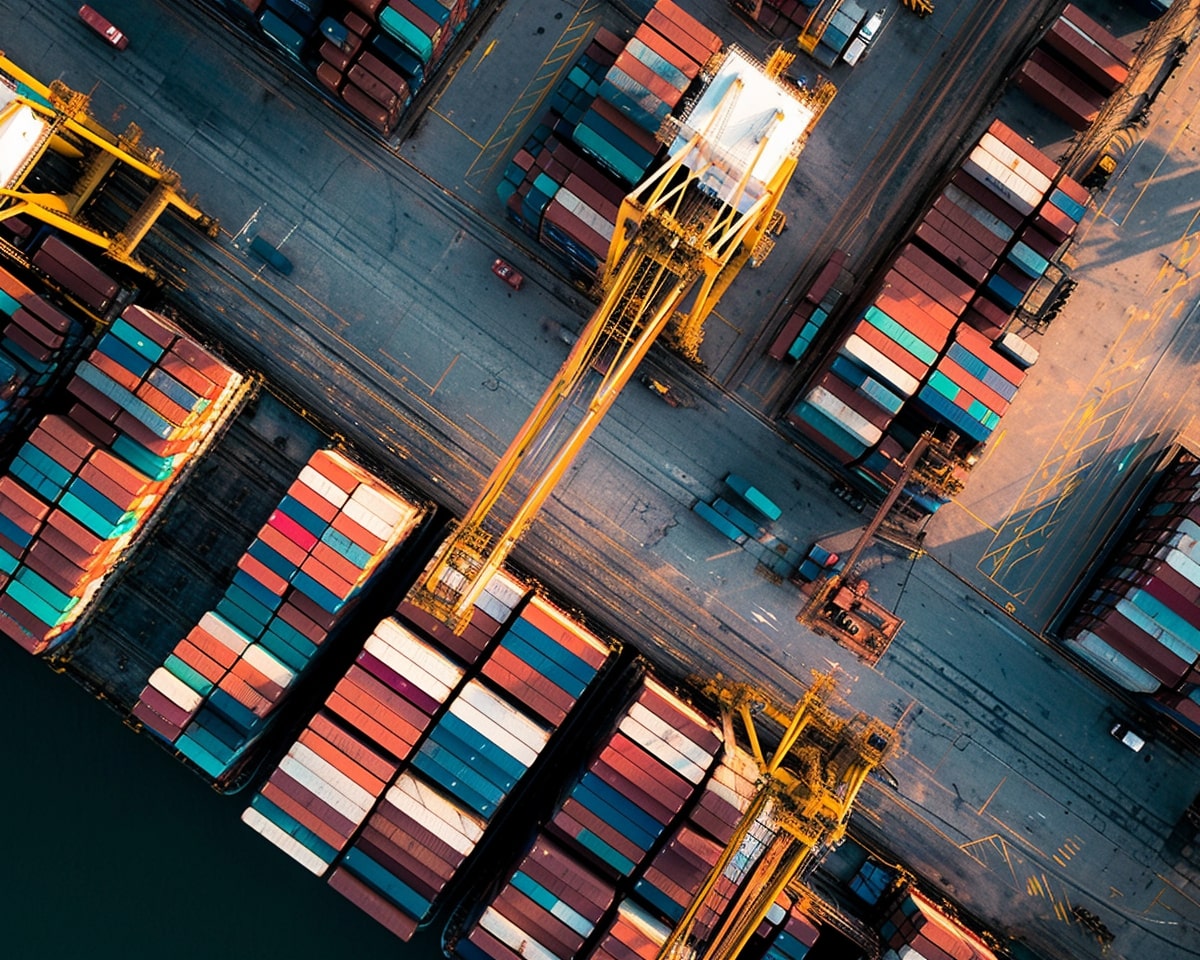
Container ship operations are a critical component of global trade, relying on a robust infrastructure and well-coordinated logistics. They cover everything from the carrying capacity of vessels to the intricacies of port operations and the major trade lanes that connect economies across the world.
Carrying Capacity and TEU Capacity
Container ships are often measured by their TEU (Twenty-foot Equivalent Unit) capacity, representing the number of standard 20-foot containers they can carry. As the backbone of maritime trade, these vessels have seen a surge in numbers, with over 5,589 ships increasing the global carrying capacity from the previous decade. This expansion caters to the growing demand for transportation of goods in international trade.
Container Ports and Their Infrastructure
Container ports serve as pivotal nodes in the shipping industry, with their infrastructure designed to accommodate the vast number of containers circulating globally. These ports are equipped with specialized cranes, storage areas, and often sophisticated intermodal facilities for seamless transfer of containers to other forms of transport. The world’s largest ports constantly expand and modernize to handle the ever-increasing TEU throughput.
Global Routes and Major Trade Lanes
The shipping industry operates along well-established global routes, connecting major trade lanes such as the Asia-Europe, Trans-Pacific, and Trans-Atlantic. These lanes are the arteries of international trade, seeing a constant flow of container ships that carry over 90% of the world’s non-bulk cargo. Efficient operation along these major trade lanes is crucial for maintaining the trade ecosystem that fuels the global economy.
Logistics and Marine Terminal Operators
The efficiency of container ship operations significantly depends on the logistics coordinated by marine terminal operators. These entities manage the flow of containers through the ports, including loading and unloading from ships, storage, and the subsequent transport by rail, truck, or barge. Effective logistics solutions provided by these operators are essential for minimizing delays and maximizing throughput in the complex world of maritime transport.
Economic Impact and Industry Trends
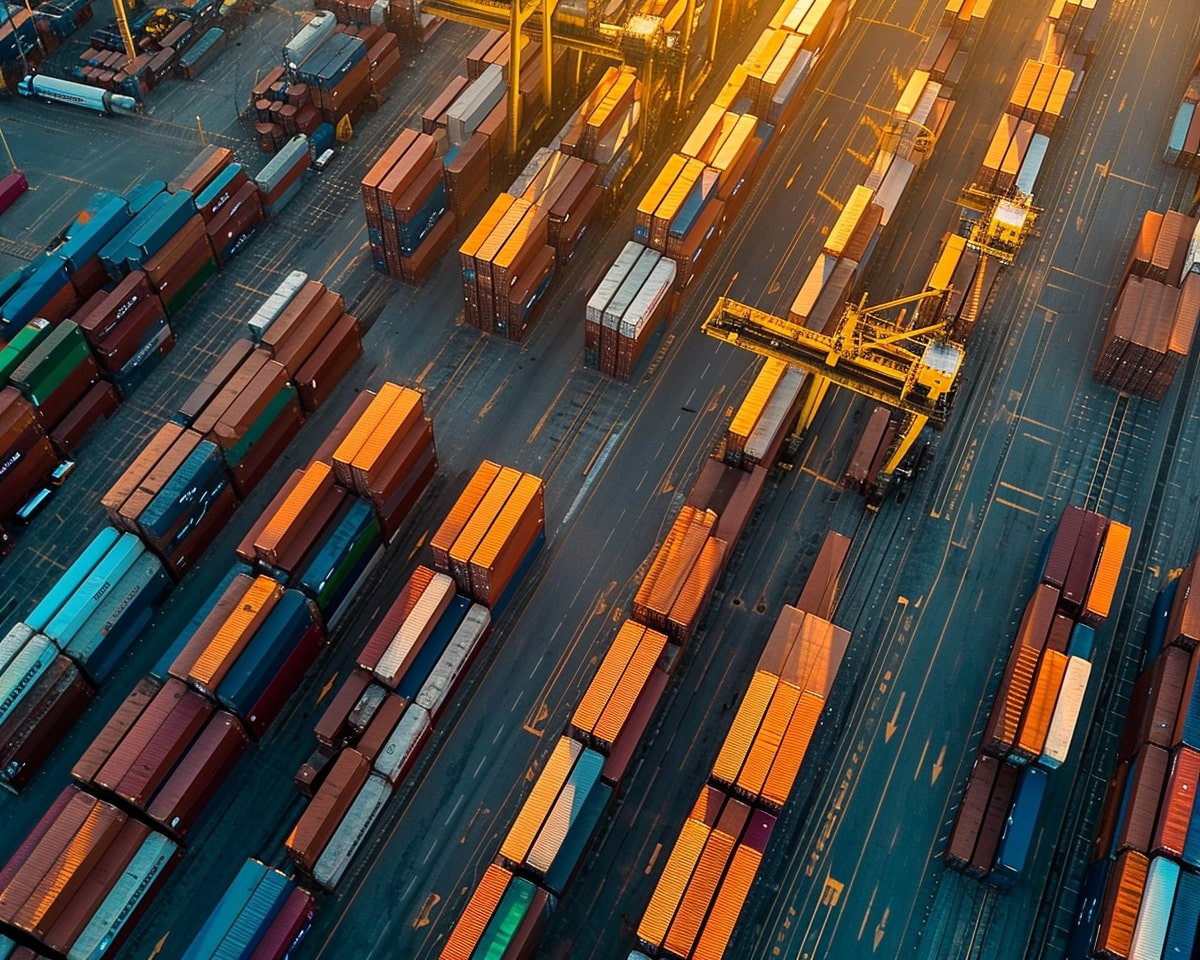
The landscape of the shipping container industry reflects its pivotal role in global trade with significant contributions to economic revenue and dynamic adjustments in response to worldwide events such as the COVID-19 pandemic.
Revenue and Seaborne Trade
The shipping container market is a robust contributor to the global economy, with a market size valuing at USD 9.25 billion in the current year. Seaborne trade, as facilitated by shipping containers, accounts for a staggering 90% of the world’s goods transportation, underpinning the movement of a diverse array of commodities and manufactured goods.
Ship Leasing and Operator Dynamics
Leasing companies play a critical role within the shipping industry. Operators often lease additional capacity to meet demand, demonstrating the industry’s flexibility. According to the World Shipping Council, container ship operators based on TEU capacity have been actively adjusting their fleet sizes, by either offloading older vessels or acquiring new ones to maintain their competitive edge in the market.
Impact of COVID-19 on Container Shipping
The pandemic has significantly disrupted the container shipping industry. Initially, there was a surge in demand for shipping services, which caused container shortages and high freight rates. However, the industry has since faced a dilemma with an over-supply of containers and declining prices, compelling operators to adapt swiftly to the changing economic climate.
Future Estimates and Developments
Looking forward, the shipping container market is estimated to grow at a CAGR of over 4% in the forecast period. This suggests an ongoing positive trend in seaborne trade volumes and revenue. Operators and leasing companies are expected to continue evolving, with strategies focused on increasing efficiency and incorporating technological advancements to stay ahead.
Secondary Use and Environmental Concerns
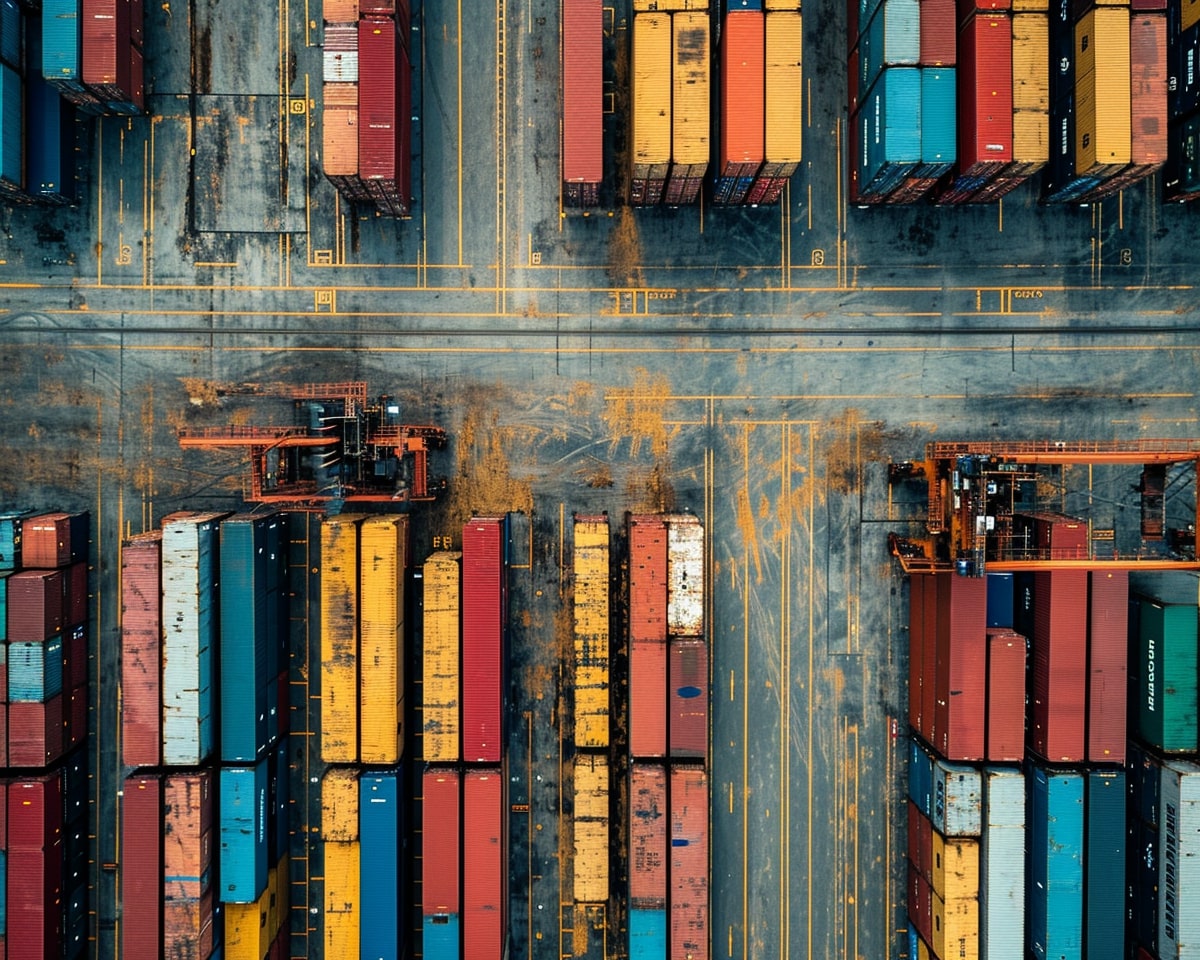
As the global inventory of shipping containers continues to grow, so too does the creativity in their repurposing and the environmental concerns associated with their use and loss. These steel boxes, once only used for transporting goods across the ocean, are now being transformed for various secondary applications, while also posing safety and environmental risks when lost at sea.
Shipping Containers Repurposing
Shipping containers have found new life beyond their original purpose of housing containerized cargo flows. They are being repurposed into onsite storage, offices, and even homes, with modifications that can include insulation, windows, and doors. Their durability, along with the ease of stacking and modifying, makes shipping containers a versatile solution for both temporary and permanent structures.
- Onsite Storage: Shipping containers are often used for secure, durable onsite storage solutions.
- Offices: With some customization, containers can be converted into functional office spaces.
- Homes: An emerging trend in architecture, often referred to as cargotecture, involves transforming containers into affordable and innovative living spaces.
Containers Lost at Sea and Safety
The issue of containers lost at sea is a significant environmental and safety concern. It is estimated that around 1,000 containers are lost every year, contributing to marine pollution. These losses can occur through accidents and poor handling, posing hazards to vessels, marine life, and the health of our oceans.
- Environmental Concerns: Containers that sink may release toxic substances, and those that float can become navigational hazards.
- Safety: The loss of containers at sea raises safety concerns for ships and crews, as collisions with these semi-submerged objects can be catastrophic.
The tracking and recovery of lost containers present logistical challenges, thus emphasizing the need for improved safety measures in shipping containers operations to prevent such incidents.
